Assessment 1: Clinical Education in Contemporary Healthcare Settings
VerifiedAdded on 2022/09/22
|5
|960
|26
Report
AI Summary
This report provides a critical reflection on clinical education within contemporary healthcare settings, focusing on key features and elements such as learning outcomes, assessment, and overcoming the theory-practice gap. It explores the roles of the clinical educator, the learner, and the curriculum in shaping effective clinical education programs. The educator's role involves designing programs, creating a supportive environment, and acting as a role model. The learner is responsible for balancing workloads and developing communication skills, while the curriculum guides content delivery and promotes professionalism. The report emphasizes the importance of integrating theory and practice through clinical placements and well-designed assessments, supported by evidence from the literature. The report also highlights the need for clear learning goals, effective communication, and accommodation of diverse learning needs within clinical education. The author uses their role as a medical educator to provide insights into the core components of clinical education.
1 out of 5
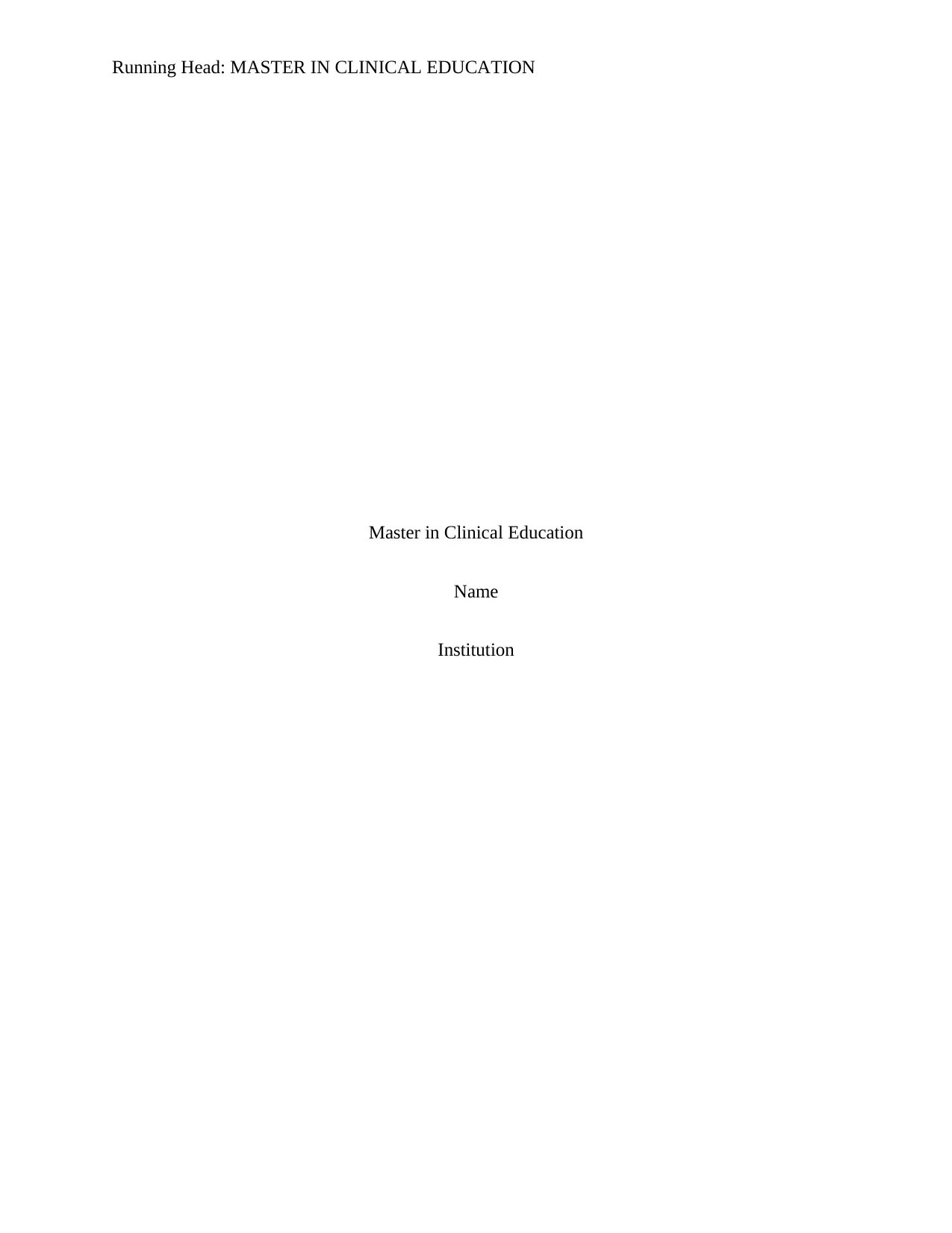
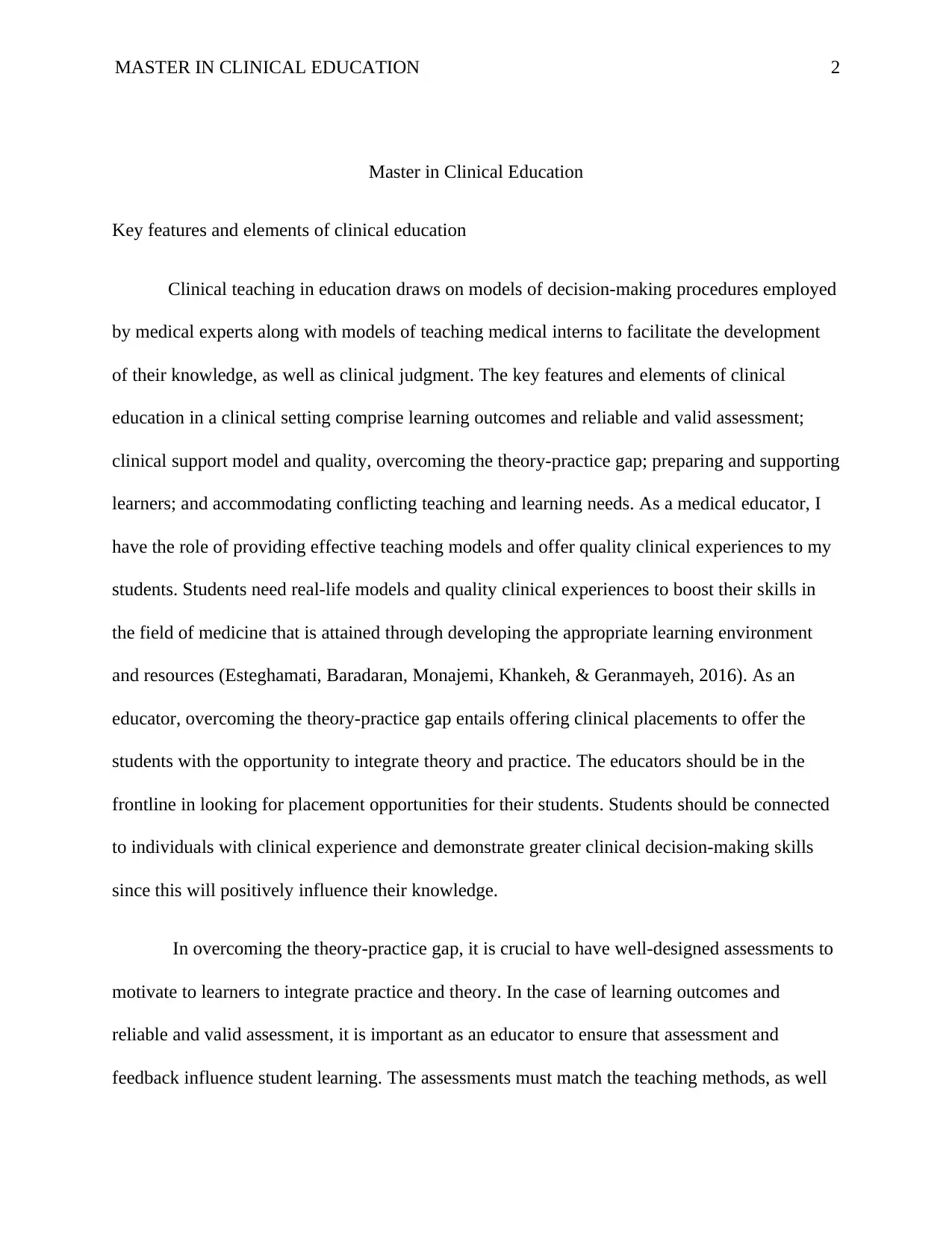
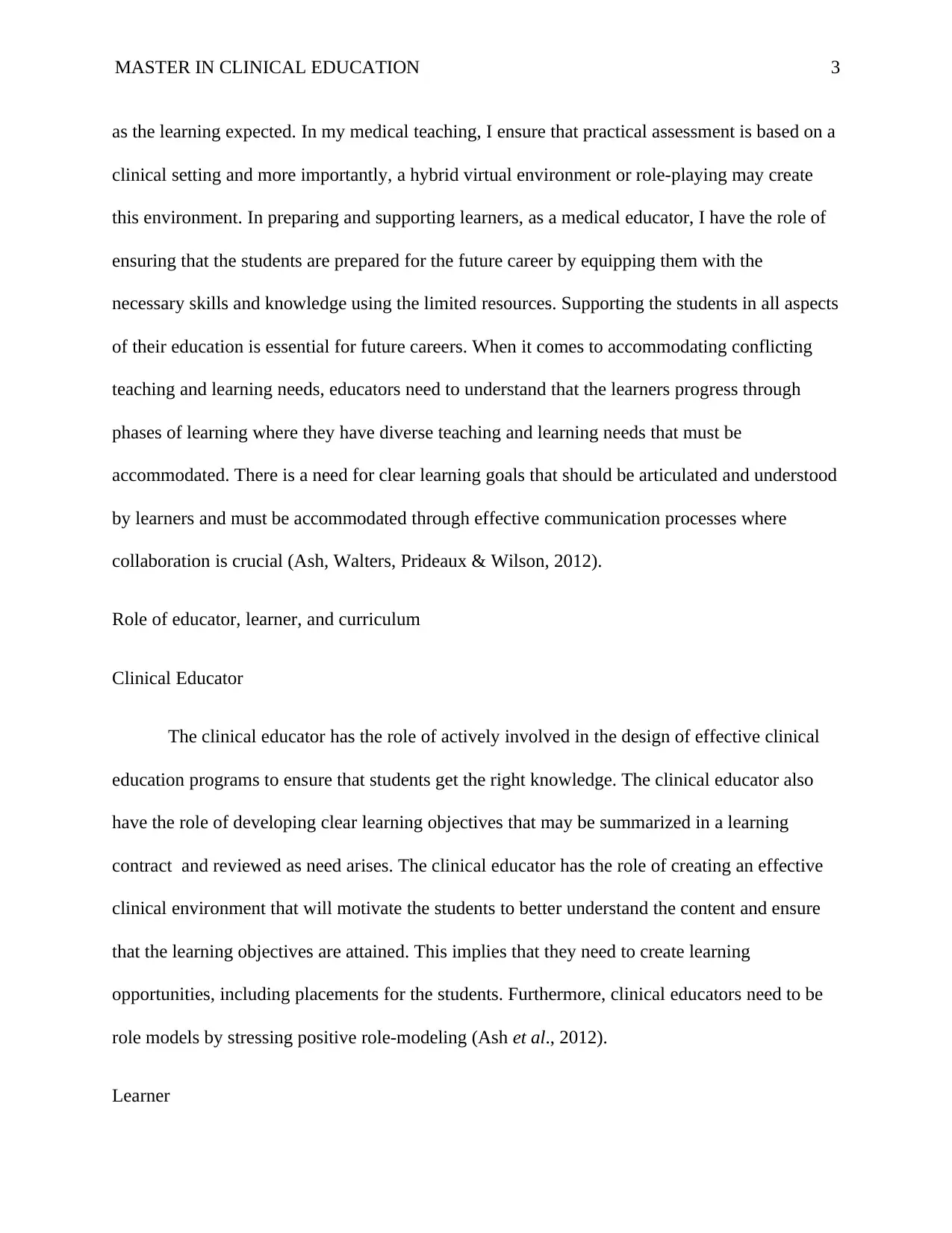

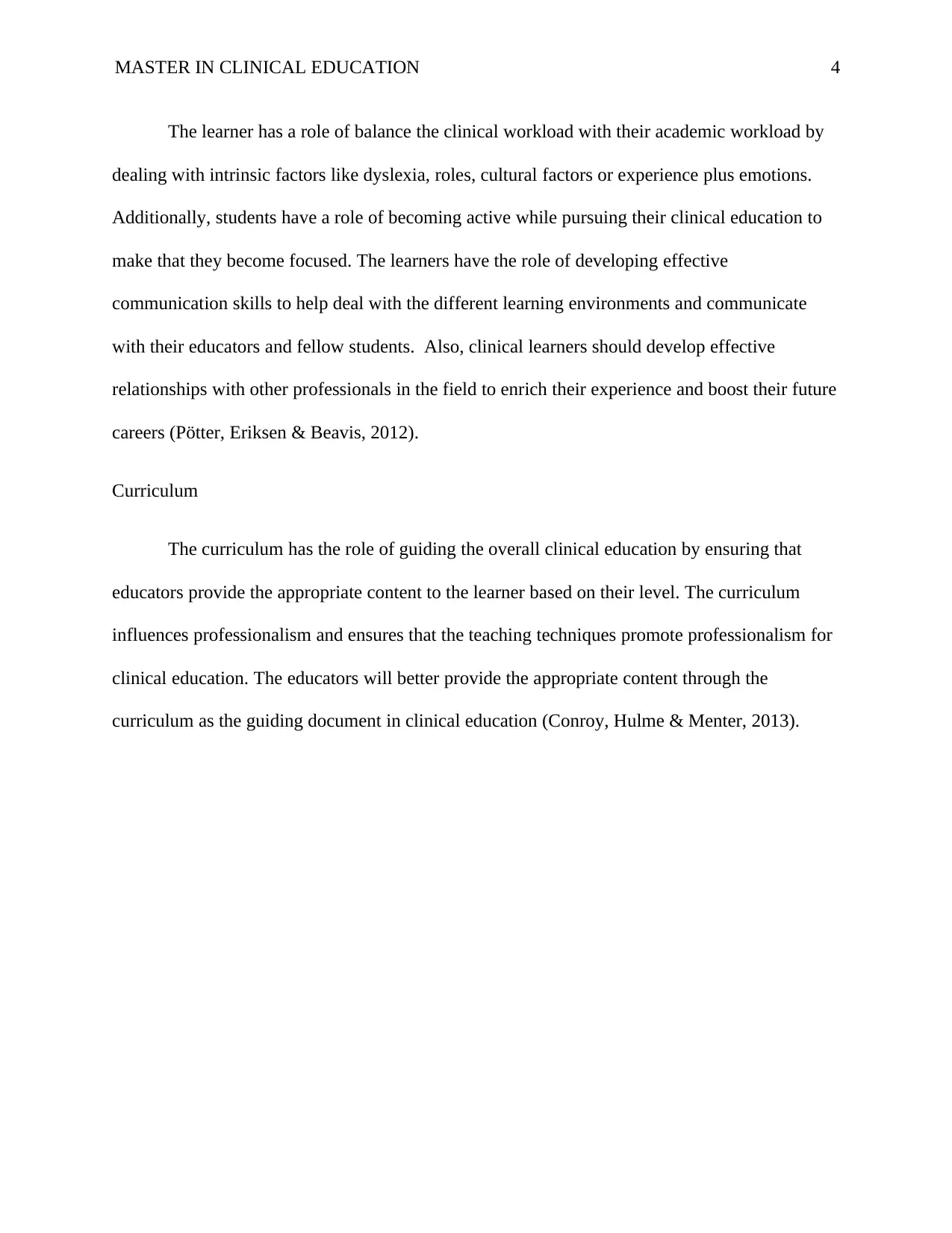
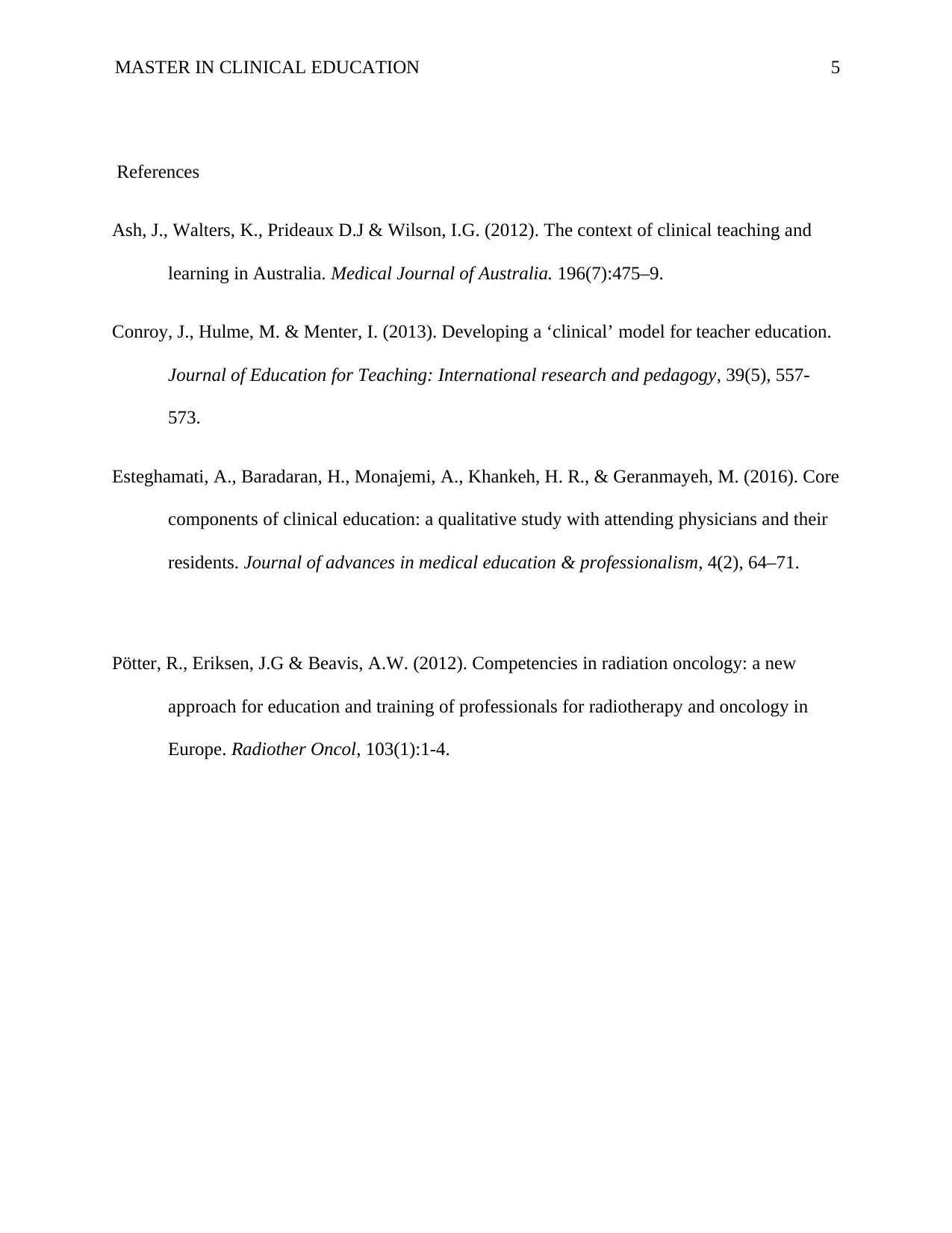






![[object Object]](/_next/static/media/star-bottom.7253800d.svg)